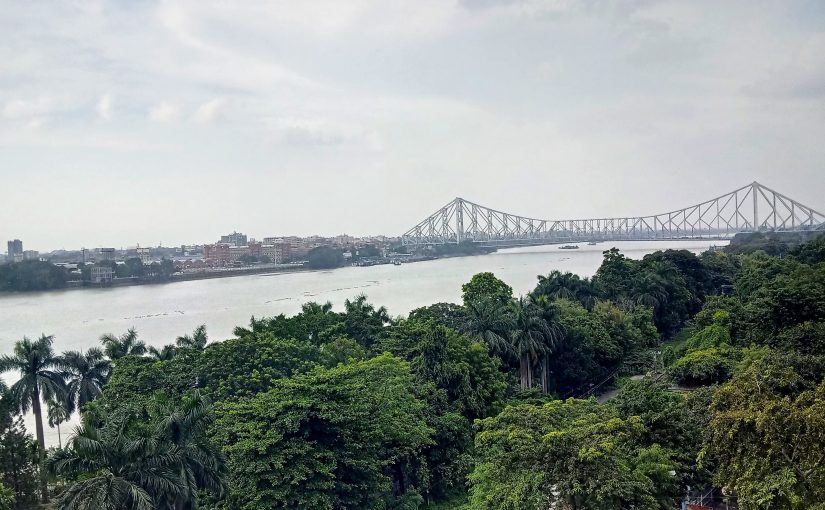By
|
Getting your Trinity Audio player ready...
|
We are at the start of a new year, and there’s already good news for homebuyers as home loan interest rates in India are still at an all-time low—starting at 6.75%. To make the most of the opportunity, homebuyers are increasingly looking for home loans and learning what documents are required to buy their dream home. With the Indian economy recovering slowly but surely from the economical loss of the Covid-19 pandemic, the Reserve Bank of India has brought the repo rate at a record low of 4% to foster lending and to revive the economy. This has led the banks to reduce their floating interest home loan to a surprisingly low rate — a delight for homebuyers!
A home loan is a blessing as it brings you closer to the possibility of acquiring a tangible asset that has long-term appreciation benefits. Though the home loan procedure in India varies from one bank to the other, the overall procedure is more or less the same. The long list of documents required for a home loan may seem intimidating at first, and most homebuyers often Google ‘for home loan what documents required.’
In order to simplify the home loan procedure, we have put together a guide, along with a common checklist of documents to acquire a home loan—
Important documents required for a home loan

While applying for a home loan application, more or less all the banks ask for a long list of documents. In some cases, the requirement varies depending upon the lender, the type of loan scheme, the purpose of the loan, or individual credit profile. While applying for a home loan you will realize, the documents required to apply for a home loan are mostly based on the occupation of an applicant. Nevertheless, we have put together a common checklist in case you are wondering, ‘for home loan what documents required’
- Completed Home Loan Application Form
- Passport size photographs
- Documents for Identity Proof
- PAN Card
- Passport Aadhaar Card
- Voter’s ID Card
- Driving License
- Documents for Age Proof
- Aadhaar Card
- PAN Card
- Passport
- Birth Certificate
- 10th Class Marksheet
- Driving License
- Documents for Address Proof
- Any of the above age proof documents that have the permanent address
- Bank Passbook
- Voter’s ID
- Ration Card
- Passport
- Utility bills (Telephone Bill, Electricity Bill, Water Bill, Gas Bill)
- LIC Policy Receipt
- Borrower’s address verification through a letter from a recognized public authority
- Post-paid mobile bill
- Documents for Property Proof
- NOC from Society/Builder
- The estimate of the cost of construction of the house
- Registered Sale Deed
- Allotment Letter or Stamped Agreement of Sale with the Builder (original document)
- Occupancy Certificate (for constructed apartments)
- Property Tax Receipts, Maintenance Bills and Electricity Bills.
- Receipts of the advance payments made for the purchase of property.
- Copy of the building plan
- Land tax receipt and possession certificate.
- Payment receipt made to the Builder or Seller.
- Documents for salaried individuals
- Latest Form 16/ITR
- Certified letter from Employer
- Payslip or salary slip of last 2 months
- Bank statement of last 6 months
- Increment or Promotion letter
- IT returns of last 3 years
- Documents for self-employed individuals
- Proof of income: this includes Income Tax Returns (ITR) of last 3 years, Balance Sheet and Profit & Loss Account Statement of the Company/Firm (duly attested by a C.A.), Bank statement of current business account for past six months, and statement of saving account statement of individual
- Business License Details (or any other equivalent document)
- The license of Professional Practice (For Doctors, Consultants, etc.)
- Registration Certificate of Establishment (For Shops, Factories & Other Establishments)
- Proof of business address: this includes— shop & establishment certificate, trade license certificate, SSI Registration certificate, PAN Card/Sales Tax/VAT Registration Certificate, Partnership Deed (for firms)/ Memorandum of Association (MOA) for companies, Export-Import Code Certificate/ Factory Registration Certificate, Professional Qualification Certificate and Degree Certificate, SEBI Registration Certificate, Registration No. issued by ROC.
Steps to get a home loan in India
We hope to have helped you sort the daunting question—‘for home loan what documents required.’ However, your work doesn’t stop after collecting all the documents, there are several steps involved in getting a home loan, and collecting documents is just one of them. Don’t fret, these procedures are quick and simple. Let’s take a look at the several steps in sanctioning your home loan—
- Step 1.Filling the Application
You will need to fill a simple application form with few personal details like name, phone number, pin code, type of employment, etc. after which a bank representative will get in touch with you to take your application procedure forward.
- Step 2. Document collection and submission
After the mandatory application form filling procedure, you will need to submit all the above- mentioned documents for a home loan. The requirement of the documents may vary with the choice of bank, loan type, etc.
- Step 3. Document verification
Your documents will be thoroughly examined and evaluated by the lender. You should be prepared for a detailed authentication of your documents, whereby the bank may also contact your office or relevant organisation to confirm your occupational details.
Furthermore, the bank representatives will also conduct an enquiry to check your CIBIL score and credit report.
If all your documents are found in order, and if your CIBIL score and credit report are satisfactory you move ahead in the loan application procedure. - Step 4. Sanction letter
You will receive a sanction letter from the lender after the successful completion of all the above steps. The sanction letter provides important details about the loan type and loan amount such as – rate of interest, type of interest rate – fixed or variable, repayment tenor. Further, it also mentions the terms & conditions, and policies of the home loan.
Upon receiving the sanction letter, you will have to sign a copy of the letter and revert to accept the offer. - Step 5. Fee payment
After you sign the sanction letter, you will have to pay a one-time secure fee. With some lenders or banks, the process of fee payment may take place much earlier.
- Step 6. Legal and technical check
Before the loan is disbursed, the lender performs a legal and technical check. At this stage, you should expect representatives for a site inspection.
- Step 7. Loan agreement and disbursal
This is the final step of the procedure. After completing all the checks, you will receive the final agreement and your home loan will be disbursed as per the terms.
In closing
Once the loan is sanctioned, you will require to hand over the original property papers to the bank and they remain with them until the loan is completely repaid. It usually takes about two weeks to complete the process of home loan, provided that the documents submitted by you are valid and legitimate. Lastly, remember home loan is a long-term commitment, make sure to check your financial liabilities before applying for a home loan to avoid a debt trap.
You should also refer to our blogs “real estate in india: Important documents” and “Real Estate laws in India: Everything you need to know“
Leave a comment







